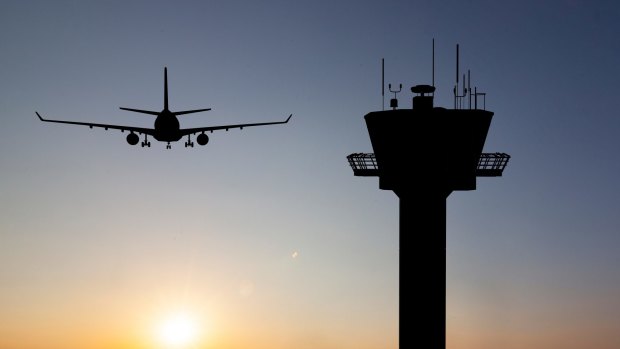This was published 6 years ago
Everyone asks: Why are callsigns that air traffic controllers use sometimes different from airline names?

Control towers have their own language. Credit: Shutterstock
"Tower, Jazz 8544, Noah final 24 right." The chatter that goes on between pilots and control towers is a secret language, opaque to most of us, but the callsigns used by air traffic controllers to identify aircraft provide intrigue and insight. Most are prosaic.
Qantas' aircraft are identified by the callsign "Qantas", Delta Airlines are "Delta" and Jazz Aviation, a Canadian regional airline, is "Jazz", but some have a racy appeal. British Airways' callsign is "Speedbird", inherited from its predecessor, BOAC. South African Airways is "Springbok" Tigerair Singapore was "Gocat" before it merged with Scoot while Abu Dhabi Amiri Flight, the airline used by the government of Abu Dhabi, gets the cool tag "Sultan".
Before it merged with American Airlines, US Airways was known as "Cactus", a reference to an earlier merger with American West Airlines which was based in Phoenix and close to the Sonoran Desert. Communication between commercial aircraft and control towers is all in English, even if it's a German pilot flying a Lufthansa airliner and talking to the control tower on approach to Frankfurt.
Sign up for the Traveller newsletter
The latest travel news, tips and inspiration delivered to your inbox. Sign up now.